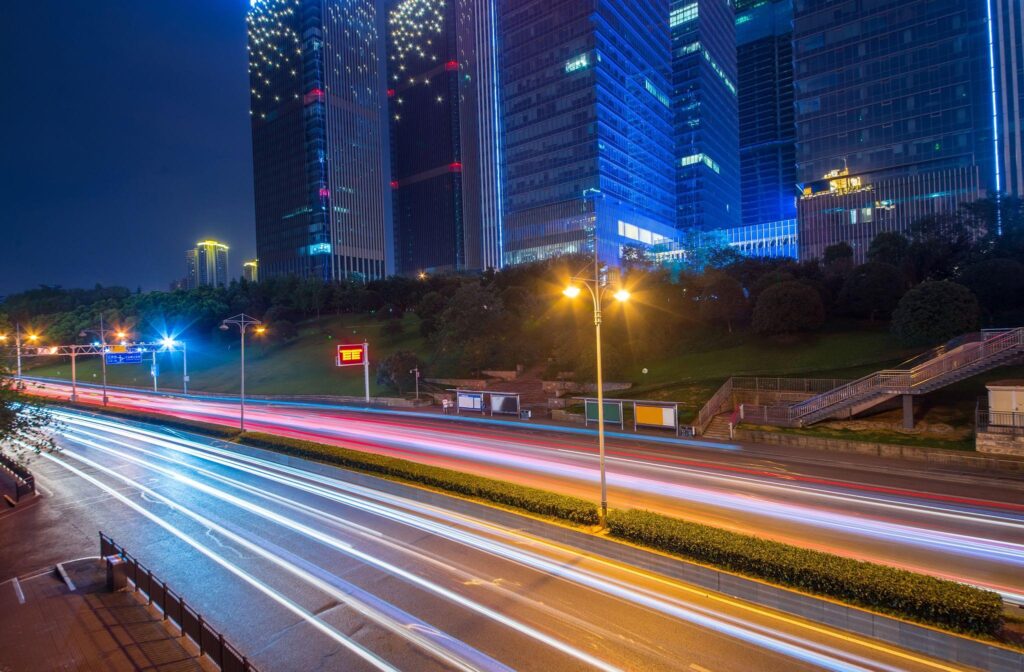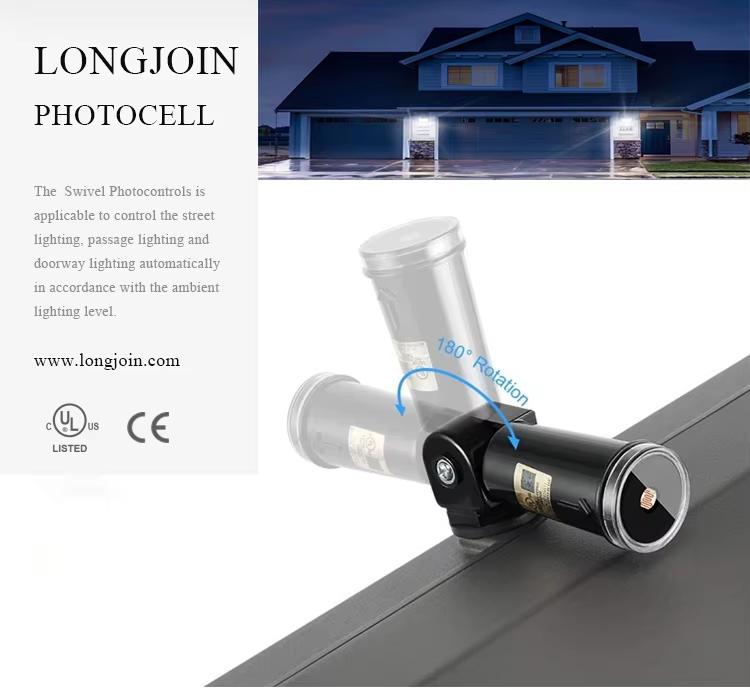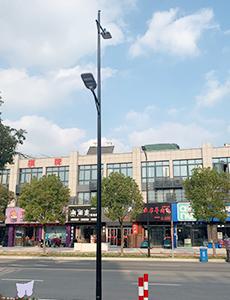مخطط تفصيلي
- مقدمة
- How Has Lighting Evolved from Simple Illumination to Intelligent Security Infrastructure?
- كيف مفاتيح مستشعر الضوء Enable Behavior Analysis in Modern Lighting Systems?
- What Market Forces Drive Smart Lighting and Security Integration?
- How Are Technologies Converging to Create Smarter, More Responsive Photocell Systems?
- Where Are Smart Photocell Sensors Making the Biggest Impact?
- Which Long‑Join Photocell Models Best Support Smart Security Integration?
- Why Choose Long-Join for Smart Photocell Integration?
- الكلمات النهائية
Smart lighting is no longer just about visibility—it’s about intelligence and safety. Thanks to advanced أجهزة استشعار الخلايا الضوئية, lighting can now read behavior—detecting movement, presence, and potential threats.
These smart sensors don’t just save energy; they make environments safer. Integrated with AI and surveillance systems, they’re turning ordinary lighting into intelligent security.
This article explores how مفاتيح الخلايا الضوئية are redefining safety in the era of smart cities.

How Has Lighting Evolved from Simple Illumination to Intelligent Security Infrastructure?
Traditional lighting operated at fixed brightness, regardless of presence or motion. Smart lighting systems now monitor ambient light, motion, and even environmental conditions, then adjust output dynamically.
These systems integrate with IoT. This helps them become a node. Lighting is no longer isolated—it now:
- Supports security by reacting to motion or unexpected presence. For instance, smart poles can link to cameras and alert systems.
- Advances sustainability through LED integration. 30 – 70% energy savings have been reported through networked smart lighting.
- AI enables real-time decisions. Illumination levels and usage patterns can be adjusted with just one click.
أجهزة استشعار الضوء Becoming the Foundation in Smart Cities
عناصر التحكم في الإضاءة historically used purely for ambient light detection are now foundational. This is because they form the initial trigger.
When augmented with motion detection, they become smart triggers—deciding when to brighten based on actual human or vehicle activity.
In short, what began as a simple photocell switching lights based on daylight now underpins lighting that contributes to security and sustainability.
كيف مفاتيح مستشعر الضوء Enable Behavior Analysis in Modern Lighting Systems?
وحدات التحكم الضوئية today do much more than detect ambient light. They’re now evolving into sophisticated triggers that interpret motion and behavior cues.
Integration with AI nd surveillance systems allows these sensors to become part of a real-time intelligence layer. مفاتيح الخلايا الضوئية feed data into networked lighting systems that incorporate AI analytics and surveillance feeds. Through these linkages, lighting systems can respond not only to low light levels but also to patterns of movement or loitering that may signal security events.
Their ability to distinguish between normal and suspicious activity lies in sensor fusion and analytics. For instance:
- A person walking briskly through a pathway triggers brief lighting activation—normal movement.
- A person lingering in a poorly-lit zone triggers increased illumination and camera activation—potentially suspicious.
- Sudden vehicle presence in a pedestrian zone after hours triggers lighting escalation and alert routing
Moreover, real-world deployments have shown that such adaptive lighting systems improve perceived safety. In one study, outdoor lighting systems with occupancy sensors and مقابس التحكم الضوئي at a secure site improved security perception among users.
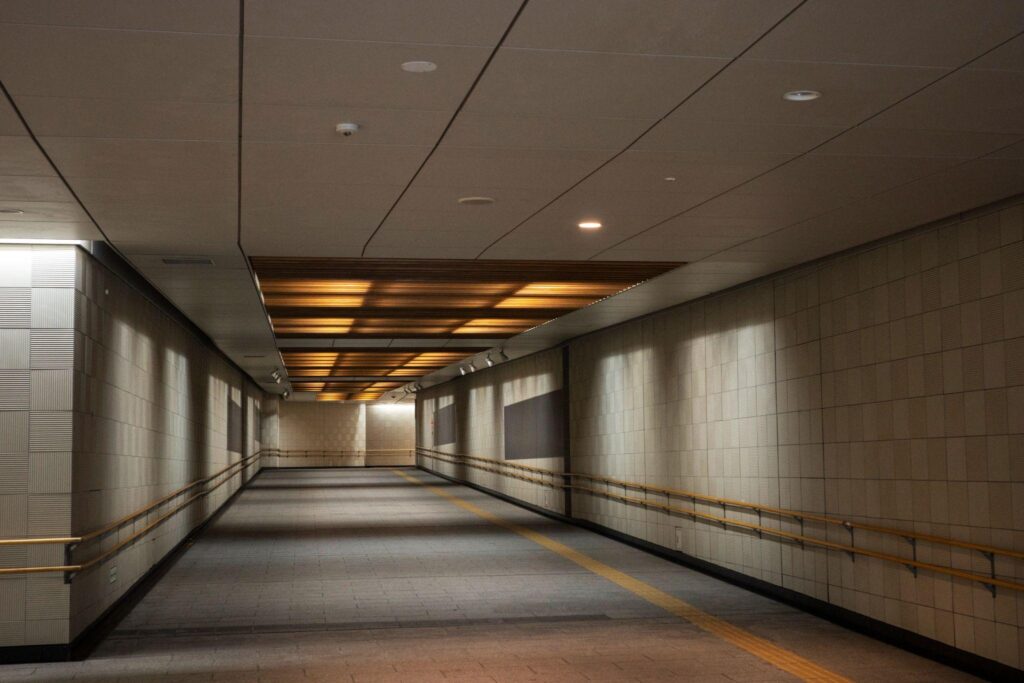
What Market Forces Drive Smart Lighting and Security Integration?
Below is a concise table of the primary factors and their direct influence on product and system innovation.
| Driving Factor | How it pushes smart lighting + security innovation |
| Urban security demands | Cities require integrated light + camera + alarm responses for crime prevention and rapid incident verification. |
| Energy efficiency & regulation | LED retrofits + dimming and adaptive control cut energy use dramatically, creating budget room for sensors and connectivity. |
| AI & edge computing adoption | On-device analytics reduce latency and enable immediate behaviour decisions without cloud round-trips. |
| Data fusion trends | Combining camera, radar, thermal, and light data improves accuracy for distinguishing normal vs. suspicious events. |
| Market growth & procurement momentum | Rapid market expansion and smart-city projects drive economies of scale and standardized platforms. |
How Are Technologies Converging to Create Smarter, More Responsive Photocell Systems?
Here’s a table summarising common system integrations and their operational benefits:
| Integration Model | وصف | فائدة |
| Photocell + Microwave | Motion Ambient light sensor triggers, plus microwave radar, detect motion. | More reliable activation in low-visibility or dynamic zones. |
| Photocell + AI Video Analytics | Light sensor triggers linked with camera+AI to assess behaviour. | Enables behaviour-driven lighting responses (not just light/dark). |
| Photocell + Daylight | Harvesting + Network Control Light sensor for ambient light, networked controls for dimming & zones. | Higher energy efficiency and smoother transitions. |
Future Developments That Will Define the Next Generation of Smart Photocells
● Multi-sensor fusion
Combining ambient light sensors with infrared, thermal imaging, audio sensors, and video data to enhance context. According to a recent industry report, fusion of multiple modalities significantly improves detection accuracy in outdoor lighting applications.
● Edge AI for local decision-making
Instead of sending data to the cloud, lighting nodes will process sensor data locally. This reduces latency and improves reliability in security-critical scenarios.
● Adaptive lighting based on risk or behavioural patterns
Systems will learn typical human/vehicle activity patterns and adjust illumination proactively—raising brightness during identified risk windows, dimming when safe. One provider illustrates how their smart photocell network anticipates movement up to hundreds of meters ahead via predictive mapping.
● Unified management platforms linking lighting, safety, and analytics
Lighting infrastructure will no longer function in isolation. Platforms will integrate lighting control, sensor/analytics data, camera feeds, and security alarm systems into a holistic interface. For instance, the “UM9900” platform described by a sensor manufacturer monitors millions of nodes and integrates with city management systems.
Where Are Smart Photocell Sensors Making the Biggest Impact?
Here’s a table summarising key application areas and how smart photocell sensors serve them:
| مجال التطبيق | Smart Photocell Role |
| Residential Entrances | Activate lighting on dusk + presence; integrate with cameras. |
| الحدائق والمسارات | Detect pedestrian motion, boost lighting, trigger alerts. |
| المناطق الصناعية | Night-intrusion detection, instant lighting, video sync. |
| Parking Facilities | Car approach detection, behavioural analysis, and alert lighting. |
Which Long‑Join Photocell Models Best Support Smart Security Integration?
Below are discussed some key models and how each addresses security-lighting integration needs:
JL-243
- Dimming photocontroller with fail-on mode
- LED-decay compensation.
- Rated 110-277 VAC, up to 1000 W tungsten/1800 VA ballast
- IP65/IP67
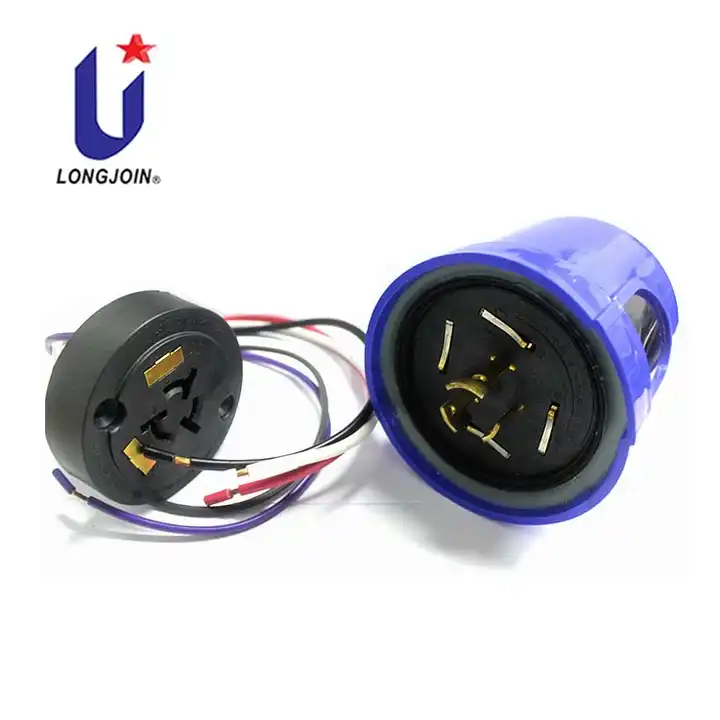
JL-245
Smart twist-lock controller with 0-10 V dimming output + زيجبي wireless connectivity, IP67, and remote setting of adaptive mode. Ideal for networked behaviour-aware lighting.
JL-700
Support modular integration in smart luminaire ecosystems—important for camera/sensor combo lighting.
JL-205C
Multi-voltage twist-lock photocontrol (≤1000 W) designed for LED drivers and quick response switching, suitable for security zones requiring fast on/off transitions.

Why each matters for security integration:
- The JL-243 supports adaptive dimming and ‘fail-on’ mode (i.e., lights stay on if the sensor fails) — essential for security scenarios.
- The JL-245 series adds wireless communication and remote management — enabling behaviour-driven triggers or remote override in threat cases.
- JL-700 ensures compatibility with future smart luminaire modules, including motion/thermal/radar sensors and camera nodes.
- The JL-205C ensures robust, fast switching and compatibility with LED drivers — useful in industrial or high-risk zones where immediate light activation matters.
Why Choose Long-Join for Smart Photocell Integration?
There are several specific advantages that make Long-Join a strong choice for behavior-enabled lighting integration:
- Products meet يو ال, م, حظر المواد الخطرة, المعهد الوطني للمعايير الأمريكية C136 series, and Zhaga Book 18 standards.
- The company offers flexible design, PCB customization, wiring logic changes, and supports socket types — ideal for project-specific security lighting requirements.
- Long-Join has over 20 years in the lighting control field, a dedicated manufacturing base with ايزو 9001 certification, and a large annual output.
- Their controllers are part of networked systems (e.g., UM9900 smart light pole system) that integrate wireless communication (ZigBee, NB-IoT), sensor data, and remote management, which aligns with behaviour-analysis use cases.
- Long-Join works with major lighting brands like Signify, GE Lighting, Eaton, etc., indicating its products meet demanding global project requirements.
الكلمات النهائية
Smart photocell systems are reshaping how cities manage light and security. They merge sensing and adaptive control to create safer, more energy-efficient environments. For reliable integration and consistent performance, تشي-سوير provides trusted Long-Join photocontrollers designed to meet modern smart lighting demands with precision and quality assurance.
الروابط الخارجية
- https://www.tuvsud.com/en-us/press-and-media/2024/january/smart-cities-and-intelligent-lighting
- https://en.wikipedia.org/wiki/0-10_V_lighting_control
- https://en.wikipedia.org/wiki/Zigbee
- https://www.ul.com/solutions
- https://single-market-economy.ec.europa.eu/single-market/goods/ce-marking_en
- https://en.wikipedia.org/wiki/RoHS
- https://www.ansi.org/
- https://www.iso.org/standard/62085.html



